Location of Prehistoric Barrows
The spectacular prehistoric barrows found within Stonehenge landscape remain important historical sites with a tangible archeological significance to the present world (Chippindale 1994, p.24). To visit the prehistoric site one has to take a train or a bus to easily get to the Stonehenge prehistoric site as seen in figure 1.
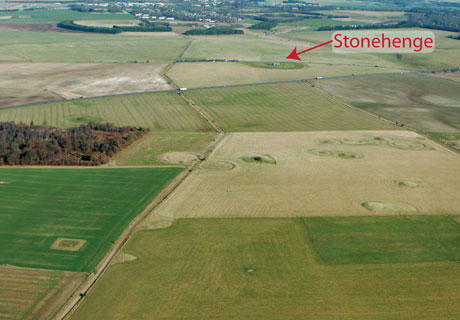
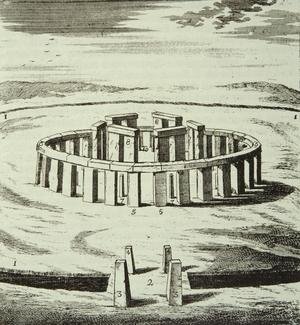
Fig.1 Stonehenge as taken from balloon in 1906 Adopted from English Heritage Photo Library J050113
On arrival, one can see the car park which is the landing point for all visitors. It is a paid parking place during the high season, especially from June till August. The parking fee is waived for visitors with membership cards; otherwise the cash payment is made to car park attendants. There comes the better part of site adventures behind the car park
Stonehenge as a world heritage site is well endowed with both long and round barrows that are within walking distance from the car park. From a close look, one can see round and long barrows that were excavated in the 19th century by archeologists Cunnington and Sir Richard Colt.
Through barrows’ exaction, they reveal the Stonehenge site as an important burial landscape existing for about one thousand years. However, it requires a keen observation to recognize bronze aged round barrows because of ploughing activities.
The long barrows
The long barrows are the most ancient burial mounds that can be spotted in Stonehenge that were used for the purpose of communal burial. The long barrows are easily distinguished by their rectangular shape with the length of about 99 feet with chalk vertical walls. The excavation reveals bones of buried people looking eastwards but some parts were removed probably for ancestral worship [see figure fig.2].

Fig.2 long barrows standing
Round Barrows
The round barrows represent circular barrows that were built during the Bronze Age with aim to bury community leaders. The round barrows are categorized into cemeteries and kings barrows that enhanced usage of barrows for many years.
Walking through the field, one notices a number of round barrows which can be classified according to their shape (Chippindale 1994, p.47). There are round barrows known as bowls that have a ditch and a mound and ditch.
Additionally, there are bell and disc barrows that have a bank, central mound and a circular ditch (Flinders-Petrie 1880, p.58). Most people buried in round barrows had their grave goods that are instrumental distinguishing between a female from male person. The types are well illustrated below in figure 6 and 7.
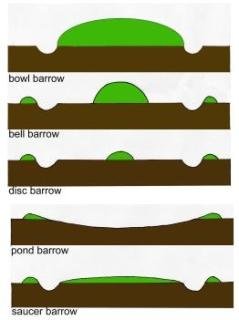
Fig. 6 types of round
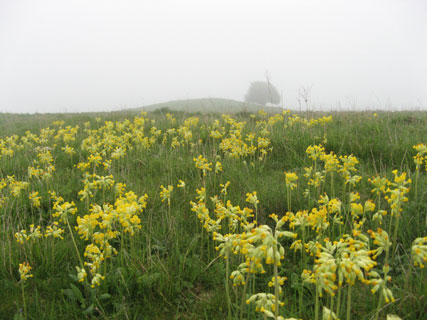
Fig.7 bush barrows
Kings barrows
Kings barrows show cemeteries that are located on the ridge of the eastern Stonehenge that include 14 burial mounds (Stukeley 1740, p.49). The kings barrow can be seen in terms of new and old king barrows. Kings barrows can be clearly seen in figure 3 and 4 below.
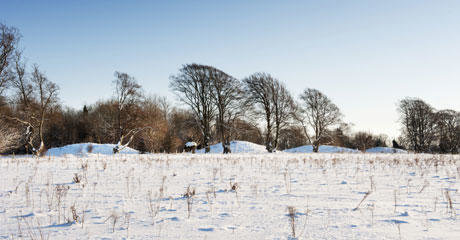
Fig.3 kings barrows viewed in the snow adopted from English Heritage NMR, DP136315
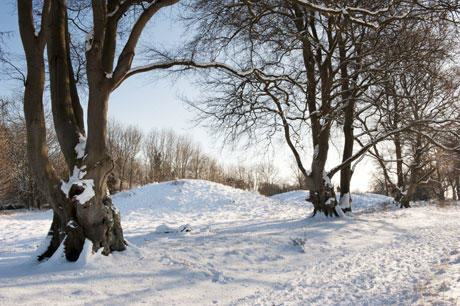
Fig.4 Fig.3 kings barrows viewed in the snow
The Cursus
The Cursus lies to the west of Stonehenge making a rectangular earthwork running 1.8 miles towards west-east alignment (Richards 2007, p.19). The Cursus has a width of about 100 metres -130 metres with ditches outward as shown in figure 5.
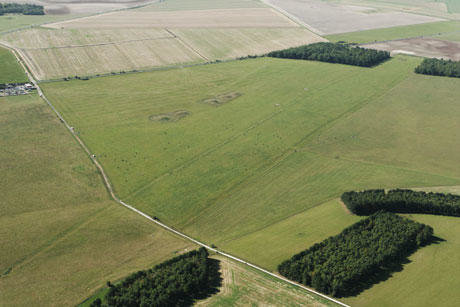
Fig. 5 cursus
Therefore, Stonehenge prehistoric site is a world heritage characterized by its monuments that marked the developed technology and creative achievements of people in the ancient times (Heck 2007, p.92). In addition to that, Stonehenge site is still important as illustration and input to monument construction.
Reference List
Chippindale, C 1994. Stonehenge Complete, Thames and Hudson, London.
Chippindale, C 1994. Stonehenge, Thames and Hudson, London.
Flinders-Petrie, W M 1880. Stonehenge: plans, description and theories, Stanford, London.
Heck, C 2007. “A new medieval view of Stonehenge”, British Archaeology, Jan/Feb 2007, p. 92.
Richards, J 2007. Stonehenge: the Story so far, English Heritage, London.
Keley, W 1740. Stonehenge, a temple restor’d to the British Druids, W. Innys and R. Manby, London.